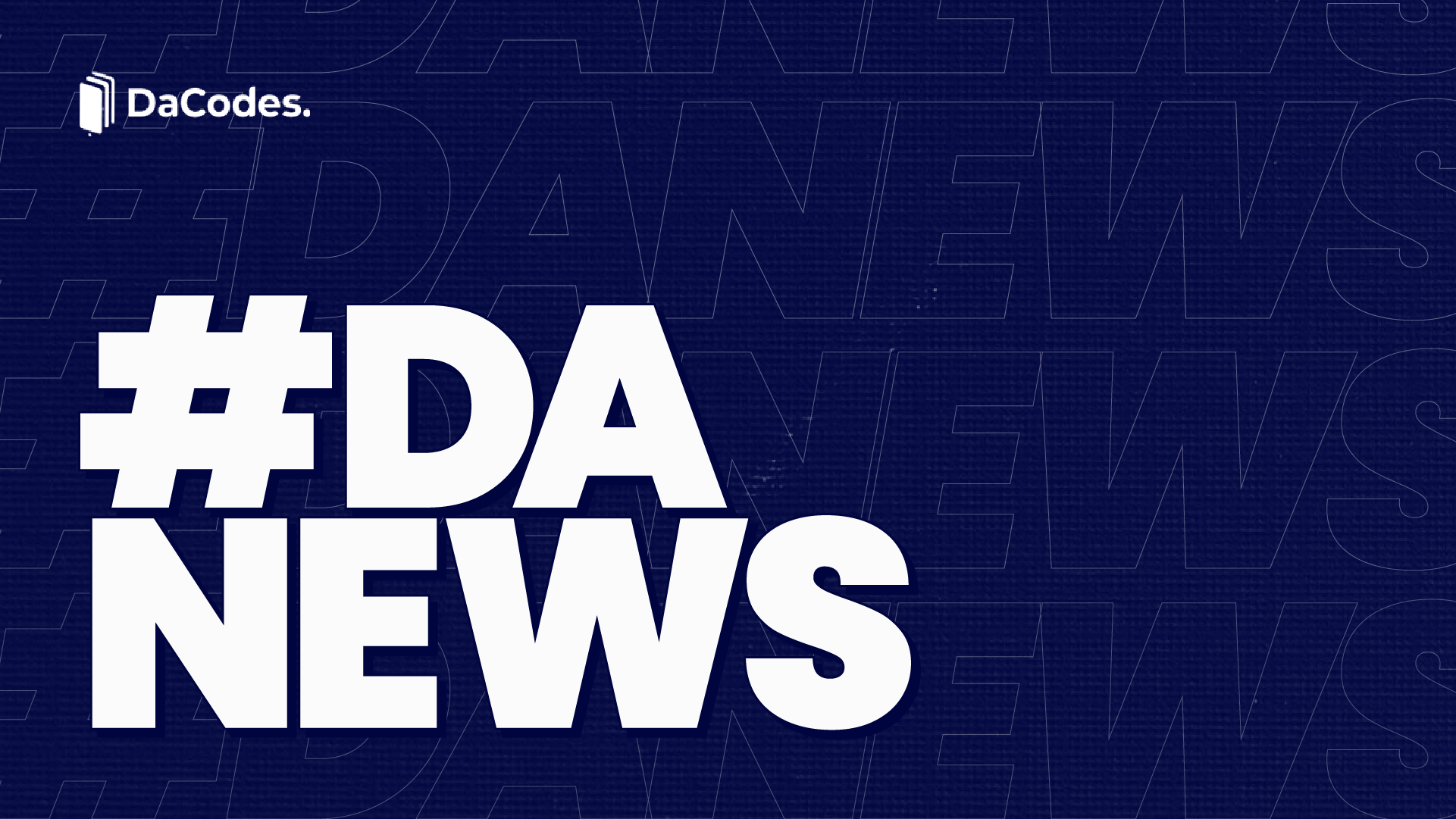
Implementing an AI Governance Framework: Strategy to Execution
Setting the Foundation: Stakeholder Alignment
Implementing an AI governance framework begins with aligning all stakeholders to ensure everyone is on the same page. This foundational step is crucial as it sets the tone for the entire governance strategy. Stakeholders include executives, data scientists, IT professionals, and even end-users. Each group brings a unique perspective and set of concerns that need to be addressed to create a cohesive governance framework.
The alignment process starts with open communication. Regular meetings and workshops can help clarify the objectives, expectations, and responsibilities of each stakeholder. Use these sessions to discuss the importance of AI governance, the potential risks involved, and how these risks can be mitigated through a structured framework. This collaborative approach ensures that everyone understands their role and the value they bring to the project.
Defining Core Principles for AI Governance
Once stakeholders are aligned, the next step is to define the core principles that will guide your AI governance framework. These principles should reflect your organization’s values and objectives while addressing key areas such as ethics, transparency, and accountability.
Start by identifying the key ethical considerations relevant to your AI applications. This could include fairness, privacy, and the prevention of bias. These principles should be documented and communicated clearly to all stakeholders. By establishing a strong ethical foundation, you create a framework that not only complies with regulatory requirements but also builds trust with your users and customers.
Documenting Policies for Clarity and Compliance
With your principles defined, it's time to document the policies that will operationalize your AI governance framework. Comprehensive documentation serves as a reference point for all stakeholders, ensuring that everyone adheres to the same guidelines and procedures.
Policies should cover various aspects of AI governance, including data management, model development, and deployment. For instance, data management policies should outline how data is collected, stored, and used, ensuring compliance with privacy regulations. Model development policies should address the processes for training, testing, and validating AI models, while deployment policies should specify the criteria for deploying models into production.
Continuous Monitoring and Adaptation
Effective AI governance requires continuous monitoring and adaptation. The dynamic nature of AI technologies means that new risks and challenges can emerge over time. Continuous monitoring helps identify these risks early, allowing for timely interventions.
Implement monitoring mechanisms that track the performance and behavior of AI models in real-time. Use these insights to make data-driven decisions and adapt your governance framework as needed. Regular audits and reviews should also be conducted to ensure ongoing compliance with established policies and principles.
Training Programs to Empower Your Team
Training is a critical component of a successful AI governance framework. It ensures that all stakeholders have the knowledge and skills needed to adhere to the governance policies and principles. Training programs should be tailored to the needs of different stakeholder groups, from executives to data scientists and IT professionals.
Offer comprehensive training sessions that cover key areas such as ethical AI, data privacy, and compliance. Use a mix of theoretical and practical training methods to ensure a deep understanding of the concepts. Regular refresher courses and updates on new developments in AI governance should also be part of the training program.
Priority Actions for Effective AI Governance
When it comes to AI governance, certain actions should be prioritized to ensure effectiveness. These include establishing a governance committee, conducting risk assessments, and implementing robust data management practices.
The governance committee should be tasked with overseeing the implementation of the governance framework, making key decisions, and resolving any issues that arise. Regular risk assessments help identify potential vulnerabilities and areas for improvement. Robust data management practices ensure that data is handled responsibly and in compliance with regulations.
Balancing Governance and Innovation
One of the main challenges in implementing an AI governance framework is balancing governance with innovation. Overly stringent governance can stifle innovation, while lax governance can lead to significant risks. The key is to find a balance that allows for innovation while ensuring adequate oversight and control.
Phasing in governance gradually can help achieve this balance. Start with the most critical areas, such as data privacy and ethical considerations, and gradually expand the governance framework as the organization matures. This approach allows for innovation to continue while building a robust governance structure over time.
DaCodes’ Advisory Services: Guiding Your Governance Journey
At DaCodes, we understand the complexities involved in implementing an AI governance framework. Our advisory services are designed to guide you through each phase of the governance journey, from strategy to execution. We offer expert guidance on stakeholder alignment, principle definition, policy documentation, monitoring, and training.
Our team of experienced consultants works closely with your organization to develop a tailored governance framework that meets your specific needs. We provide ongoing support and advice, helping you navigate the challenges and opportunities of AI governance. With DaCodes by your side, you can ensure that your AI initiatives are both innovative and responsible.

